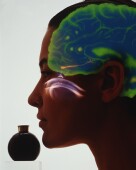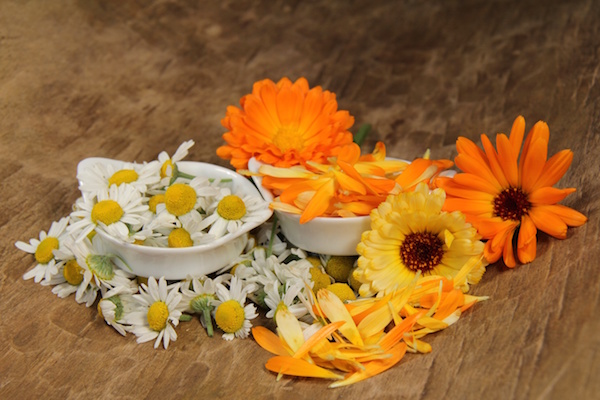
WEDNESDAY, April 25 (HealthDay News) — Aromatherapy is beginning to enter the medical mainstream, with groups as diverse as the American Cancer Society and the U.S. Department of Veterans Affairs touting the use of fragrance as a therapy that can complement traditional health care.
There’s little evidence to suggest that aromatherapy can directly cure illness, but research has found it can help reduce a wide range of symptoms and side effects in some people.
“Many specific ailments can benefit from aromatherapy blends and treatments,” said Monika Meulman, president of the Canadian Federation of Aromatherapists. “For example, insomnia, nausea, headaches and migraines, and aches and pains are often improved with aromatherapy — just to name a few.”
Aromatherapy involves the use of what are called essential oils, which are very potent distillations of the fragrant portions of plant life such as flowers, roots and bark, said Dr. Hal Blatman, medical director of the Blatman Pain Clinic in Cincinnati and a past president of the American Holistic Medical Association.
These oils are either applied topically to the body, through a cream or a soaking bath, for instance, or are inhaled after they’ve been diffused into the air in a room, Meulman explained.
Researchers believe that the oils trigger smell receptors in the nose, prompting the transmission of chemical messages along nerve pathways to the brain’s limbic system, Blatman said. The limbic system is a part of the brain closely associated with moods and emotion.
“It’s easy to see smells have an effect on the body,” Blatman said. “Smells have deep emotional triggers in people.”
Aromatherapists recommend using different oils for different effects. For example:
- Lavender and rosemary oil are suggested for relieving muscle tension and anxiety.
- Peppermint and ginger oil may relieve nausea and help perk up a fatigued person.
- Eucalyptus oil is considered helpful in treating respiratory ailments — something known by the legions of kids who’ve had Vicks VapoRub smoothed onto their chest.
The oils also can be layered on to get a combination of effects, Blatman said.
“There are all kinds of specific conditions and specific remedies,” he said. “There are a number of reference books for how to use the oils.”
The potential plusses of aromatherapy, however, come with possible drawbacks, too.
For instance, people who decide to pursue aromatherapy on their own need to be careful because the essential oils used are very strong, Meulman and Blatman said. The oils can cause an allergic reaction when touched or inhaled and can prompt an asthma attack in some people.
The quality of essential oils also can change over time.
“Often the oils sitting on the shelf in a health food store are no longer viable — they break down with time — and may no longer have active compounds in them,” Meulman said. “Many essential oils are only effective for several months to a year. By the time they get to an end user, they have oxidized to the point of not being useful and, in some cases, may be harmful.”
People also should be aware that the oils can have an internal effect even if applied to the skin.
“Some essential oils can accumulate in the liver,” Meulman said. “For example, eucalyptus is broken down slowly by the body and tends to accumulate in the liver. If used daily in large amounts, within a few weeks a person can experience signs of toxicity due to this buildup.”
For these reasons and others, Meulman and her association recommend that people interested in aromatherapy consult with a professional aromatherapist.
“For do-it-yourself use, one can use some oils for ambiance, room spray experiences and other such occasional uses,” she said. “For daily aromatherapy use and self-treatment, professional aromatherapist guidance is strongly advised.”
More information
The National Association for Holistic Aromatherapy has more on aromatherapy.

